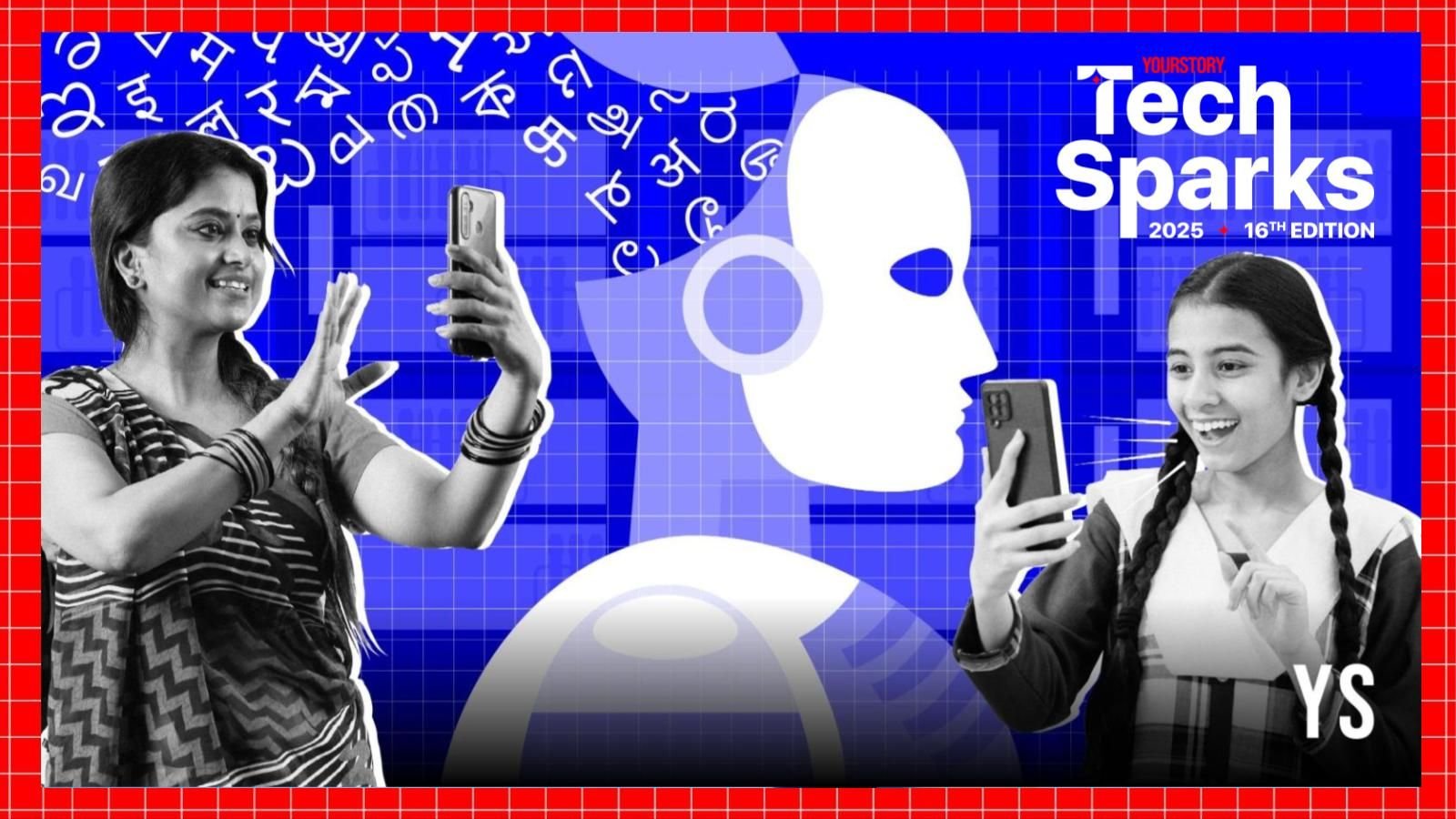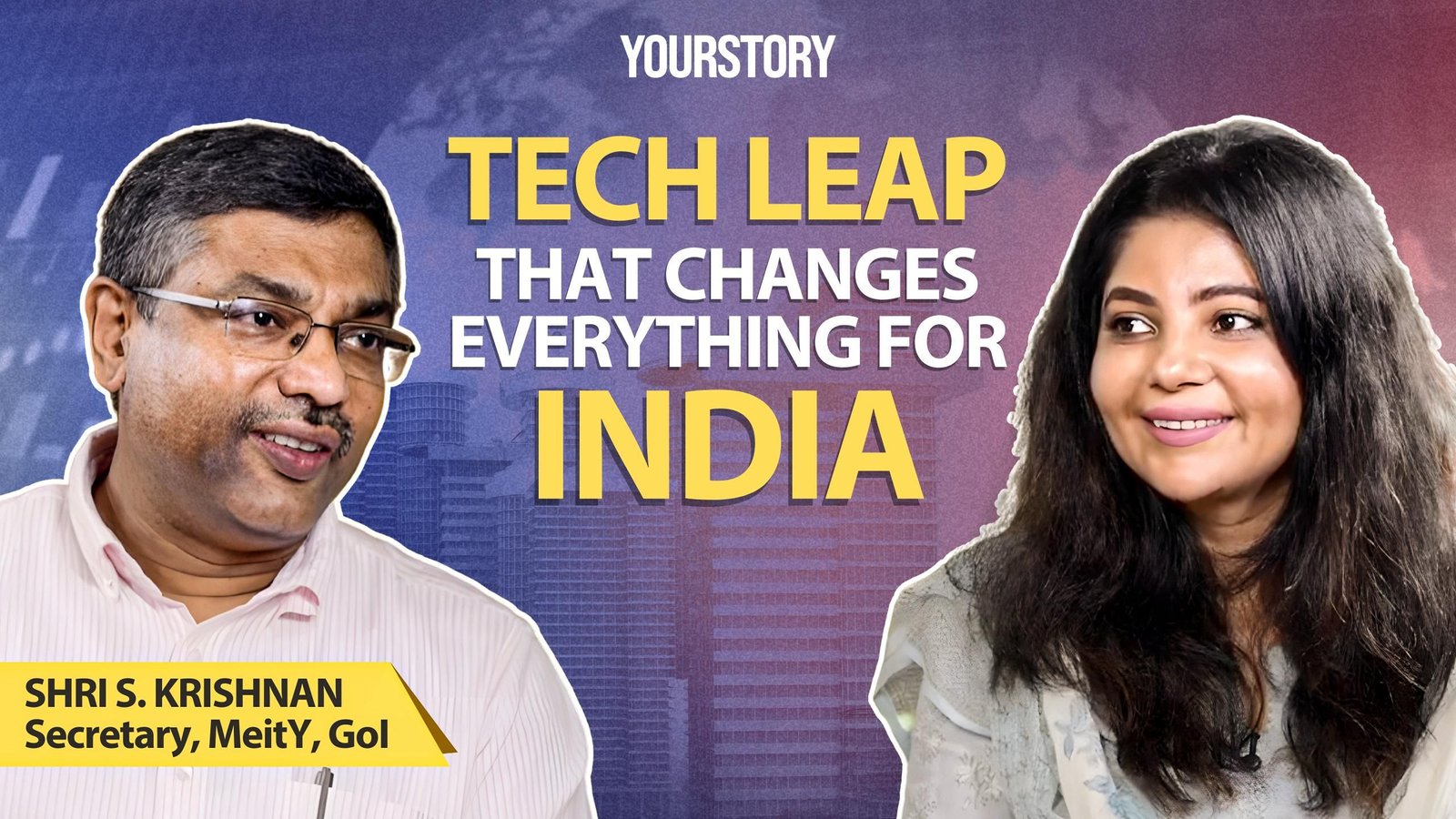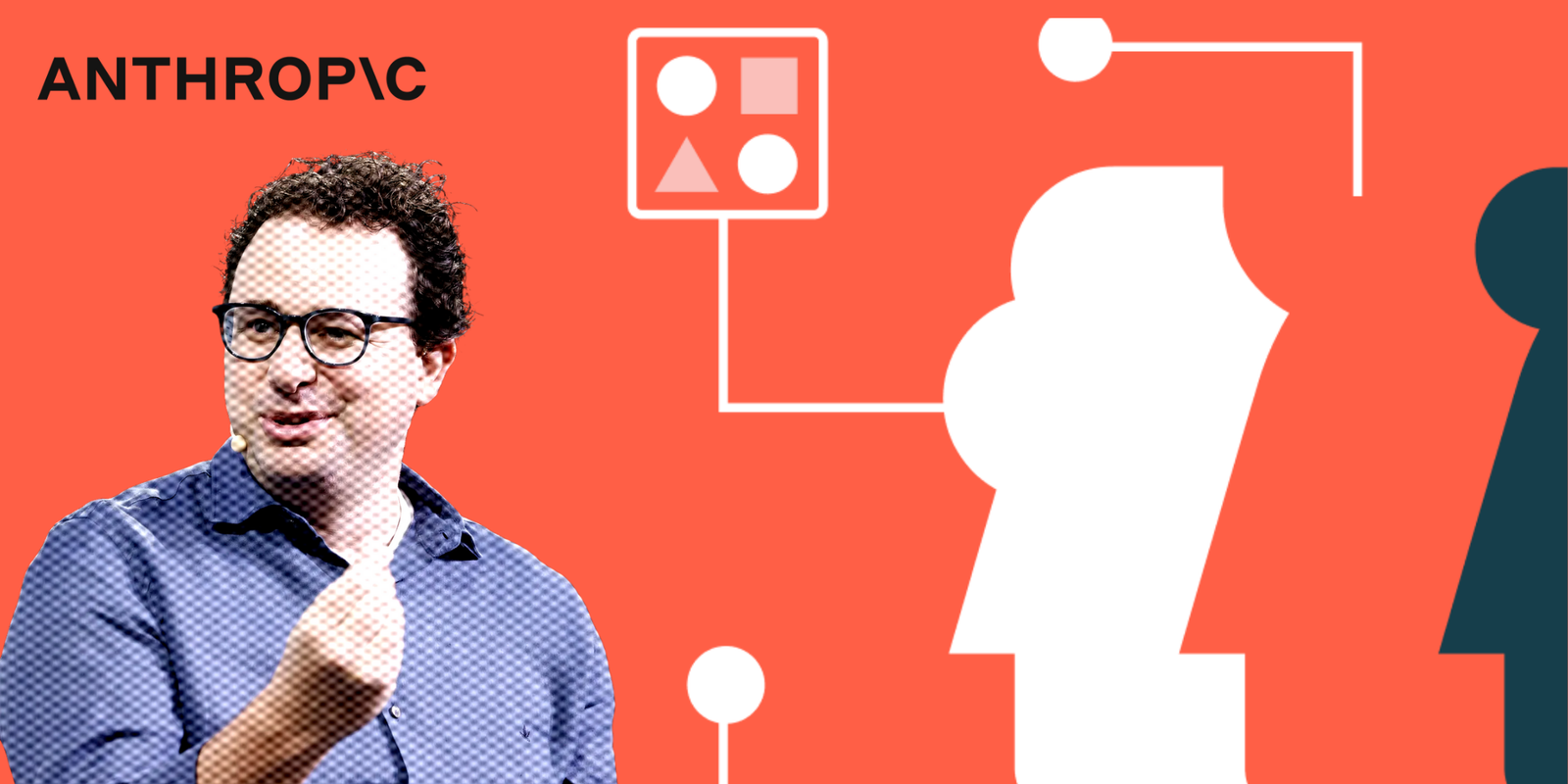Inside India’s push for building indigenous AI models


The Indian government’s focus on supporting startups in the indigenous AI space shows its resolve for reduced dependency on Western AI models to build homegrown solutions that understand Indian languages and cultural nuances.
YourStory has tracked this shift from the beginning, with AI emerging as the defining force of a digital-first, innovation-driven future.
TechSparks 2025, titled India 2030: Powered by AI, from November 6 to 8, will bring together ecosystem leaders to explore how indigenous AI models are reshaping not just India’s tech landscape, but also setting new global standards for culturally intelligent technology.
In the run-up to the 16th edition of YourStory’s flagship conference, we spotlight the visionaries building AI that speaks India’s languages and understands its heart.
AI that speaks India
With 121 languages and over 19,500 dialects, the country offers a huge opportunity for AI developers. Each region has its own dialects, cultural contexts, and knowledge systems that have evolved over centuries. However, traditional AI models, predominantly trained on English or major Indian languages like Hindi, often fail to capture the nuances of regional languages and local cultural contexts.
Government-backed startups are positioned to bridge this gap, creating AI models that truly understand and serve India’s diverse population.
These homegrown solutions are positioning India as a leader in inclusive AI development, offering a blueprint for other diverse nations seeking to build technology that serves their unique populations, rather than adapting to Western-centric models.
Leading this effort is Bengaluru-based Sarvam AI, which is building large language models (LLM) trained entirely on Indian data and languages. The AI firm has been chosen by the Indian government to develop a sovereign LLM as part of the IndiaAI Mission.
In May this year, the firm launched Sarvam-M, a 24B-parameter open-weight LLM based on Mistral Small, an open-source LLM developed by Mistral AI, designed for Indian languages and reasoning tasks like maths and programming.
Meanwhile, another Bengaluru-based startup, Gnani.AI, selected under the IndiaAI Mission to build voice LLM, is building voice-first agentic AI platforms. These platforms integrate speech recognition, natural language processing, and task automation to power AI agents.
“We’re proud to create something truly unique—a large-scale voice-to-voice foundation model with 70 billion parameters—a dream project for human- machine interaction,” says Ganesh Gopalan, Co-Founder and CEO, Gnani.ai.
“This innovation is about enabling natural, emotionally intelligent conversations between humans and machines across languages and contexts which is missing in the architectures of global and local companies.
“Built on an innovative new architecture, it makes interactions feel human-like and inclusive. This has significant applications in industry, education, healthcare and other sectors within India,” he adds.
Gnani.ai’s solutions are currently deployed across BFSI, automotive, retail, and telecom sectors, with clients such as Tata Motors, ICICI Lombard, SBI Life, and Asian Paints.
Similarly, CoRover.ai offers a human-centric conversational and generative AI platform for enterprises. The Bengaluru-based company recently introduced BharatGPT Mini, a fully on-device and offline solution that supports 14 Indian languages.
“With the launch of BharatGPT Mini, India takes a significant step in moving from being an AI consumer to an AI innovator at the world stage. As a sovereign, multilingual, and multimodal model, BharatGPT Mini is built for production use, focusing on privacy, latency, and linguistic diversity,” says Ankush Sabharwal, CEO of CoRover.ai.
Building for sovereignty and relevance
AI unicorn Fractal offers AI-driven data solutions to clients across consumer goods, retail, financial services, and insurance. Its customer base includes over 150 Fortune 500 companies.
The Mumbai-based firm has launched Fathom-R1-14B, an open-source reasoning model with 14 billion parameters, designed to handle mathematical and general reasoning tasks.
“We have built many exciting models that cover the range from image-generation (diffusion models for Kalaido.ai), multi-modal models for healthcare (LLMs, VLMs and agents powering Vaidya.ai) and our recently open-sourced Fathom model that’s one of the best performing reasoning models. We have seen Fathom to be one of the most downloaded models coming from India,” says Suraj Amonkar, Chief AI Research & Platforms Officer at Fractal.
Fathom has also demonstrated strong performance on advanced math benchmarks like the American Invitational Mathematics Examination and the Harvard-MIT Mathematics Tournament.
“There is a lot of excitement in the indic models being released. We hope the ecosystem keeps moving towards building larger models that can compete with the best models in the world,” says Amonkar.
Ola Krutrim, founded by Ola CEO Bhavish Aggarwal, is another Indian AI venture focused on building a complete AI computing stack for the Indian market.
The company has built foundational large language models (Krutrim V2 and Krutrim Pro), an AI cloud platform with powerful computing resources, and tools like AI Studio, its own AI-optimised silicon chips.
Jaspreet Bindra, CEO of AI&Beyond, a tech policy think-tank, believes the real promise of indic models lies not just in sovereignty, but also in their relevance.
“We are at a fascinating inflection point where India is not just consuming AI, but is also beginning to build it from the ground up. Indigenous models like Sarvam AI mark a powerful shift from dependency on global tech to creating systems rooted in our languages, data, and contexts,” he explains.
He adds that models trained on Indian languages, idioms, dialects, and societal nuances will naturally be far more effective for a billion-plus Indians than a Western model fine-tuned for other geographies.
The opportunity for startups lies in building applied AI, voice assistants that understand Hinglish and other languages, agri-tech models trained on regional soil data, edtech that adapts to local curricula, and healthcare AI that factors in our country’s unique demographics.
“The stack is being built, and what’s needed now is creativity in solving real problems on top of it,” says Bindra.
Edited by Swetha Kannan
Discover more from News Hub
Subscribe to get the latest posts sent to your email.







